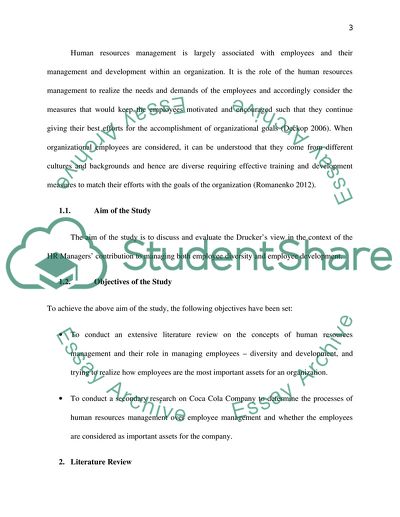Cite this document
(Employees as Assets for Business Organizations and the Role of the Book Report/Review, n.d.)
Employees as Assets for Business Organizations and the Role of the Book Report/Review. Retrieved from https://studentshare.org/human-resources/1821753-managing-people-a-company-report
Employees as Assets for Business Organizations and the Role of the Book Report/Review. Retrieved from https://studentshare.org/human-resources/1821753-managing-people-a-company-report
(Employees As Assets for Business Organizations and the Role of the Book Report/Review)
Employees As Assets for Business Organizations and the Role of the Book Report/Review. https://studentshare.org/human-resources/1821753-managing-people-a-company-report.
Employees As Assets for Business Organizations and the Role of the Book Report/Review. https://studentshare.org/human-resources/1821753-managing-people-a-company-report.
“Employees As Assets for Business Organizations and the Role of the Book Report/Review”, n.d. https://studentshare.org/human-resources/1821753-managing-people-a-company-report.


